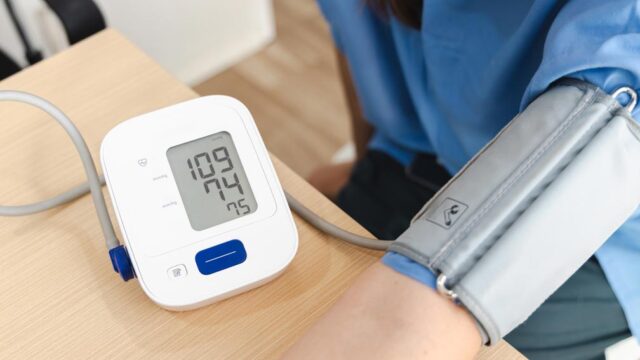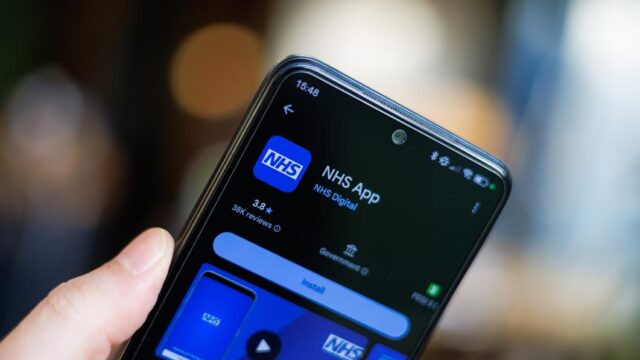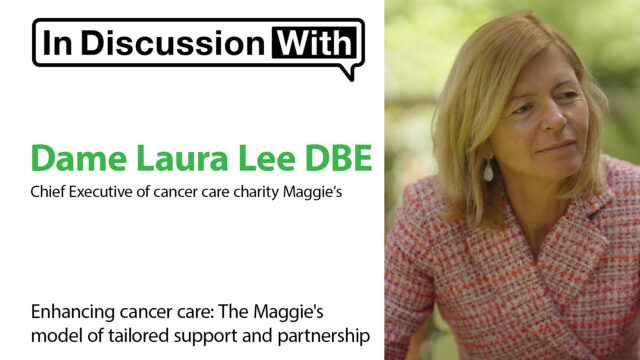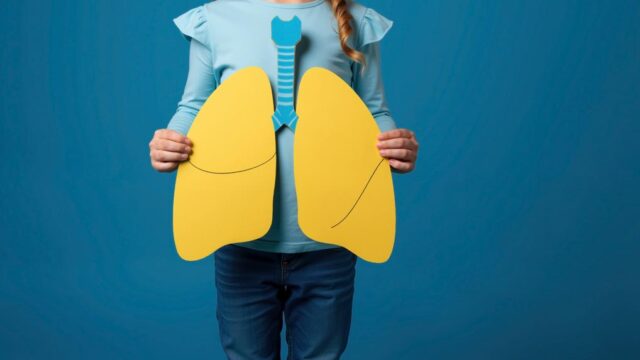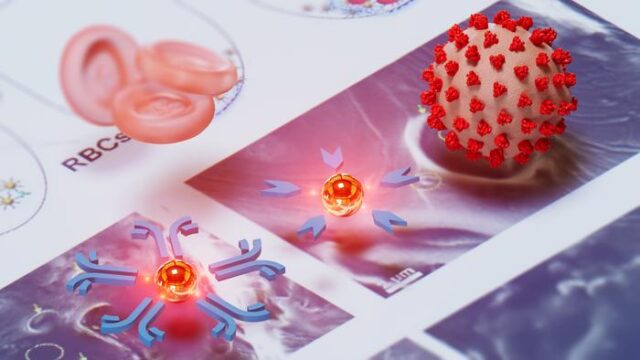Advertisment
Half of patients in telemedicine program for opioid use disorder current with medication a month later

More than half of the patients who were prescribed medication to treat opioid use disorder through a virtual program established during the pandemic continued with their treatment at least a month later, according to a NEJM Catalyst study from researchers at the Perelman School of Medicine at the University of Pennsylvania.
The program, CareConnect, is a partnership between Penn’s 24/7 virtual urgent care, Penn Medicine OnDemand, and a team of substance use navigators. Trained urgent care clinicians provide virtual assessment and treatment with buprenorphine, – a medication that treats opioid cravings and withdrawal symptoms – with patients receiving support from substance use navigators throughout their care process. The study showed that 89 percent of patients in the program filled their first prescription of buprenorphine, and 55 percent continued to have an “active prescription” for the medication 30 days after being first engaged, indicating that they were still actively in treatment.
“The numbers are encouraging and likely may even be an underestimate when it comes to who is in active treatment, since it does not capture people in other modes of care, such as methadone, or those who have entered inpatient rehabilitation,” said the study’s lead author, Margaret Lowenstein, MD, an assistant professor of Medicine.
Amid the COVID-19 pandemic, regulations for prescribing buprenorphine were suspended on an emergency basis. That allowed the Penn Center for Addiction Medicine and Policy to establish a predecessor to CareConnect, a pilot telemedicine-based service that provided short-term – or “bridge” – prescriptions for buprenorphine, as well as links to longer-term treatment services, which could include further prescriptions for buprenorphine or other medications, care for other chronic conditions, and connections with social services. This also meant that patients who might find substance use care in emergency departments could bypass them and get treatment started without needing to travel in, which could be a barrier to receiving care for some, especially amid COVID-19.
Although this initial program helped patients overcome barriers to treatment, there was no infrastructure for scheduling or efficiently documenting care, among other elements needed to scale a program widely. CareConnect continued in its predecessor’s path, officially launching in November 2021. With funding from the Philadelphia Department of Public Heath, CareConnect partnered with Penn Medicine OnDemand and integrated substance use navigators, giving the program room to grow.
“The strength of a program like this is in the ways it fills all of the gaps: For an average patient seeking treatment, there are few – if any – places that can offer treatment on the same or next day, and even then, patients have to manage a variety of barriers such as childcare or transportation,” Lowenstein said. “CareConnect allows patients to get their prescription for buprenorphine as soon as they need it and provides the help needed to navigate all of the hurdles a patient faces until they can be stably linked to care.”
Another benefit to the program is that it can support patients transitioning from one level of care to another, such as being discharged after a hospitalization and back to a community provider.
“The hospital clinicians call CareConnect because they know their patients will get supported in each step needed to make that transition” said senior author Jeanmarie Perrone, MD, a professor of Emergency Medicine and founding director of CAMP. “In addition, other emergency departments in the region are starting to prescribe buprenorphine and call the warmline to arrange the follow up and ‘warm handoff’ to the next provider. This expands the safety net for patients to find treatment more readily.”
According to the study, which provided an overview of how CareConnect was constructed, the program received 371 calls and provided 249 buprenorphine prescriptions from November 2021 through September 2022.
The team behind CareConnect are optimistic about what their program has been able to do, especially amid a population that is often overlooked and stigmatized.
“When we compare our numbers to other transitional treatment models, our program stacks up pretty well, especially when you consider we’re seeing a lot of patients with unstable housing, recent hospital admissions, and other markers of instability,” said Nicole O’Donnell, a co-author of the study and a peer recovery specialist with Penn Medicine’s Center for Addiction Medicine and Policy (CAMP).
Lowenstein, O’Donnell, and Perrone believe the CareConnect program has proven itself effective in every iteration and hope to expand it further to reach a wider population.
“This is one of the few places that offers consistent same-day buprenorphine treatment access in Philadelphia,” Lowenstein said. “The alternative is often an emergency department or crisis center or, worst case, going without care. So we’re talking about saving hundreds of visits to the emergency department and/or hundreds of people saved from going without any care at all.”


